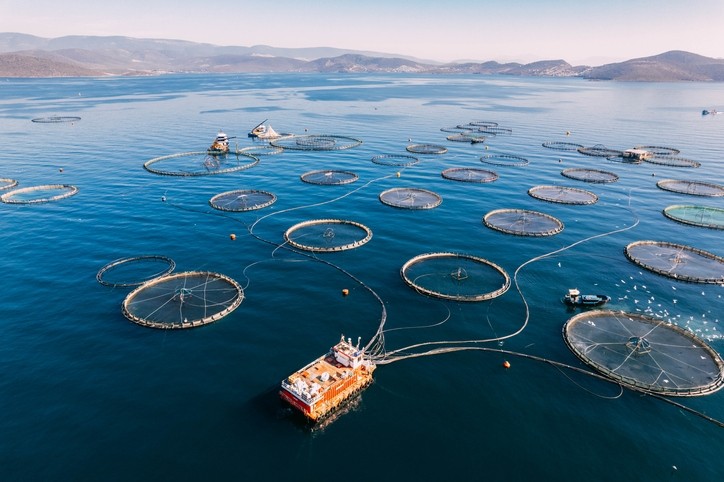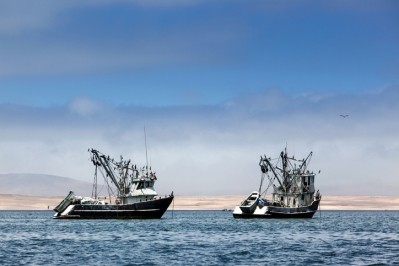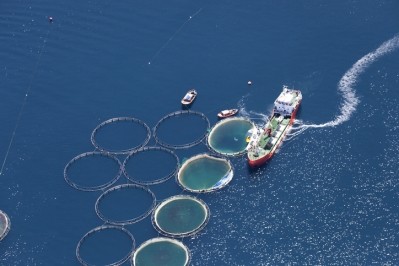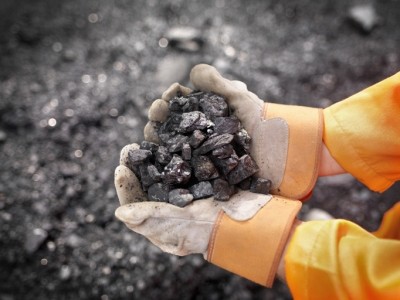Riding the storm: IFFO prioritizes responsible sourcing and accountability

Feed trends reflect political, market and environmental variations: 2023 saw an astonishing cocktail of climate impacts and geopolitical issues, leading to a shortage of raw materials and an increase of feed prices by 30%. No one was left unscathed, he remarks.
“The volumes of available conventional feed ingredients were impacted. Cumulative total fishmeal production during the first ten months of 2023 was down by about 22% compared to the cumulative production reported by our members through October 2022. The El Niño conditions in Peru, a country representing 20% of the global fishmeal production, led to a 60% year on year decrease in its production, following a cancellation of the April-June first fishing season of the year.
“As for global fish oil production, total cumulative output in the first 10 months of 2023 was 20% down year on year,” he reports.
Growing demand
While volumes have decreased, demand was sustained by competing markets, pushing prices up, he says. Marine ingredients are used in the pharmaceutical and cosmetic industries, and personal care sector as well as in aqua feed production, and in pet food and swine feed.
That decline has made it "even more obvious how much marine ingredients are needed, both for the volumes they provide, but also for their unmatched nutritional profile,” argues Johannessen.
The strengths and weaknesses of unconventional feed ingredients, like algae, single cell protein and fermented vegetables, or insects, have also been exposed this year, he maintains. “Algal oil producers have reported that they cannot keep up with growing demand.”
Questions remain around novel ingredient companies supply capabilities, their growth trajectory, and their pricing, he says.
With some 40 million tons of additional aqua feed ingredients required to meet projected seafood production output by 2030, it has become evident, he says, that those raw material producers need to "work to complement the existing supply of marine resources, which remain benchmark ingredients, in order to meet the growing global demand.”
Accountability trend
Johannessen also notes the increasing expectations of consumers and regulators in terms of traceability and due diligence. This trend will only accelerate in the years to come due to legislation such as the EU’s CSRD directive, he adds.
The Corporate Sustainability Reporting Directive (CSRD) for companies has been in force in the EU since January this year and includes a comprehensive legal framework on reporting obligations on social and environmental conditions. These regulations are set to shake up organizational sustainability reporting as they mandate granular emissions disclosure and the establishment of emission reduction targets across Scopes 1, 2, and 3. Such reporting requirements means stakeholders from feed compounders to retailers need to actively engage with suppliers and vendors throughout the whole supply chain.
IFFO technical director, Dr Brett Glencross, speaking to this publication in June, noted that, over the past 20 years, pressure on the marine ingredients industry has made it get its house in order: "The fishmeal and fish oil industry is no longer the whipping boy of the feed ingredient world."
The marine ingredients sector is supporting those calls for greater transparency through ensuring a more circular feed approach, says Johannessen, with increased use of fishmeal and fish oil derived from by-products, along with initiatives such as the Global Roundtable on Marine Ingredients, launched in 2021 by the IFFO and Sustainable Fisheries Partnership to drive environmental and social improvements in key fisheries globally.
“One third of fishmeal and fish oil produced globally comes from fish by-products; the growing aquaculture sector will keep contributing with fish leftovers. Furthermore, according to 2023 data from the Global Feed LCA Institute (GFLI), the carbon footprint of soybean meal and soy protein concentrate is respectively two and three times that of fishmeal.”

















